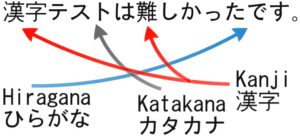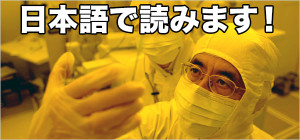We’ve all seen things written around the Internet that seem like veritable Newspeak from Nineteen Eighty-Four. For example, a rather typical (i.e., not extreme) writing sample appears in this Yahoo Answers question:
He tells me he loves me allllll the time and its always very nice things whenever he talks to me. But he always says ” i hope u feel the same way about me”. I feel like my life revolves around him and im not liking it. Someone help me please? :/
As you can see, the user has neglected to employ commas and apostrophes, she doesn’t capitalize in all obligatory cases, she’s created a face using symbols at the end and she’s spelled all with far too many ls. This type of writing—academically called neography—is often criticized for not conforming to the orthographic standards of written English, and many people think that people who write like this are causing the decay of our language itself. Just look at all the grammar nazi Someecards out there.

But recently, scholars like Mark Sebba and Alexandra Jaffe have shown us that these nonstandard orthographic practices are not naïve; they’re socially conditioned, and they can shed light on speakers’ attitudes and perceptions. Above all, this type of writing demonstrates that a speaker feels their context is not academic or official in any capacity—it’s a place they can flout the orthographic norms of their language and express a particular identity.
For example, in Spanish, the letter k is very rare, but the letter c is very common. Among the Spanish youth, it’s very popular to use k instead of c in unregulated spaces like Twitter and SMS messages.
In “Spelling rebellion,” found in the 2003 book Discourse Constructions of Youth Identities, Mark Sebba points out that this is due to the feeling of otherness that the letter k, in its rarity, evokes. Teens who want to express their own “otherness” may use the letter k to do so. Another example in Spanish is the digraph tx, which is used instead of ch in Basque. Some Spanish speakers have taken to using tx instead of ch in Spanish as well—for example, writing mutxo instead of mucho—to express their Basque origins or align themselves with the Basque ideology. (Although it should be noted that using simply x is much more common than using tx; the use of x is likely tied to the same feeling of otherness that the letter k exhibits.)
In effect, speakers can use neography in written language to express nuances of meaning that they couldn’t before, which is quite remarkable. It becomes a problem, though, when they haven’t yet learned where neography is appropriate and where it is not.
Therefore the “problem” of neography in teen writing should be looked at as an issue of manners, not knowledge.


